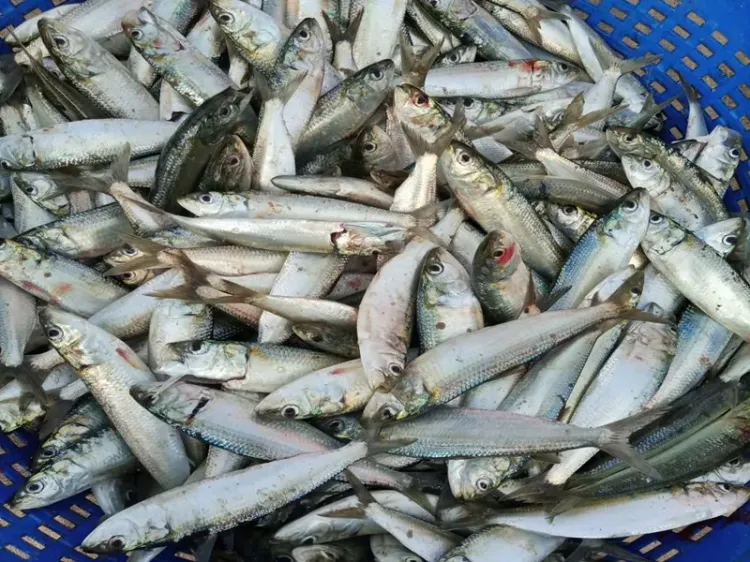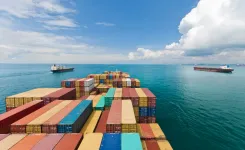Is CMFRI's 25 Lakh Tonne Mariculture Target Achievable by 2047?

Synopsis
Key Takeaways
- CMFRI plans to increase mariculture production to 2.5 million tonnes by 2047.
- Innovative technologies like IMTA will be crucial.
- Seaweed farming has immense potential for growth.
- A supportive policy framework is needed for sustainability.
- India could become a global mariculture hub.
Kochi, Oct 11 (NationPress) The ICAR-Central Marine Fisheries Research Institute (CMFRI) has announced an ambitious initiative to elevate India’s mariculture production to 2.5 million tonnes by the year 2047.
This represents a significant increase from the current output of approximately 1.5 lakh tonnes.
The objective is to satisfy the increasing seafood demand within the country and alleviate the strain on conventional capture fisheries.
During the announcement, CMFRI Director Grinson George referred to mariculture as “the next big thing” for India’s marine fisheries sector.
He pointed out that advancements like cage culture and Integrated Multi-Trophic Aquaculture (IMTA) will be crucial in enhancing production.
This was shared at the launch of the Central government’s Pradhan Mantri Dhan Dhanya Krishi Yojana (PM DDKY) at CMFRI on Saturday.
India currently generates an average of 3.5 million tonnes from marine capture fisheries each year.
Given the pressing challenges of climate change and resource depletion, CMFRI is optimistic about alternative systems like mariculture to secure future seafood availability.
“To meet the escalating domestic and export needs, India is aiming for at least 25 lakh tonnes of mariculture production by 2047,” Dr. George stated.
He highlighted the vast potential for seaweed farming, a lucrative segment within mariculture.
While global seaweed production is around 35.5 million tonnes, India’s contribution is still minimal.
“We can achieve at least 5 million tonnes domestically to satisfy industrial and nutraceutical requirements,” he remarked.
Dr. George also stressed the importance of a strong national mariculture policy and a supportive legal framework to facilitate sustainable, large-scale investments.
With an extensive coastline and favorable marine conditions, India is strategically positioned to emerge as a global mariculture hub.
The training session included topics on mussel and oyster farming, cage and pen culture, biofloc systems, and innovative feed production utilizing black soldier fly larvae. Free inputs were provided to beneficiaries from Scheduled Caste and Scheduled Tribe communities.










